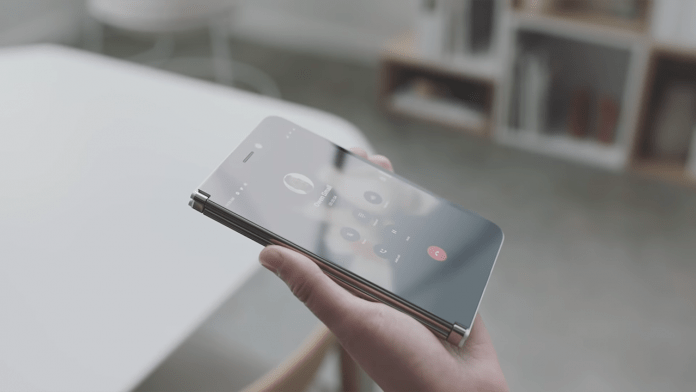“Each liquid crystal layer is configured to block spectral light in a different spectral light sub-band and transmit spectral light outside of the spectral light sub-band in the reflection state, and to transmit spectral light in the spectral light sub-band in the transmission state,” explains the patent abstract. “An active illuminator of the camera is configured to emit active light in a selected spectral light sub-band. One or more of the plurality of liquid crystal layers is switched from the transmission state to the reflection state to tune the optical filter to block spectral light in all but the selected spectral light sub-band”. The approach could prove useful for infrared cameras, such as those seen in Windows Hello devices. A camera could use its optical filter to block light that isn’t in the infrared band of light, leading to less noise. It could also let a single camera capture different types of images, but Microsoft says this could reduce the resolution of the images. Whatever the case, it’s an interesting idea, and it’s good to know Microsoft is exploring various camera options. It previously announced that the Surface Duo would have a world-class camera, and published a patent application for a thinner sensor. There’s no doubt Microsoft is playing around with tons of ideas to deliver on the Duo and its other devices. With plenty of patents not making it to market, it’ll be interesting to see which will be in its upcoming smartphone.




